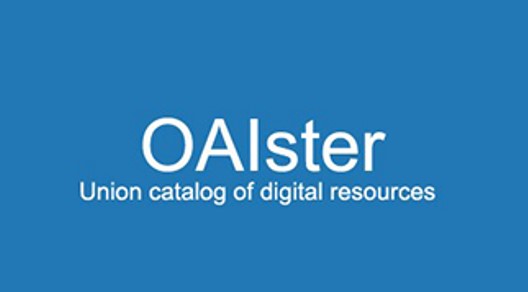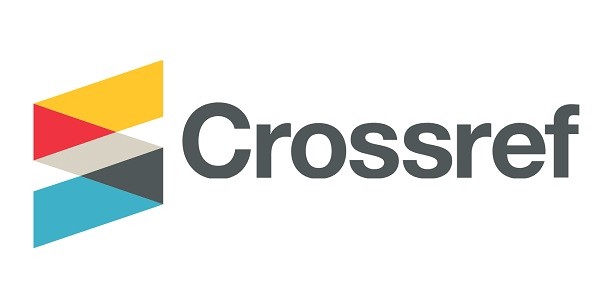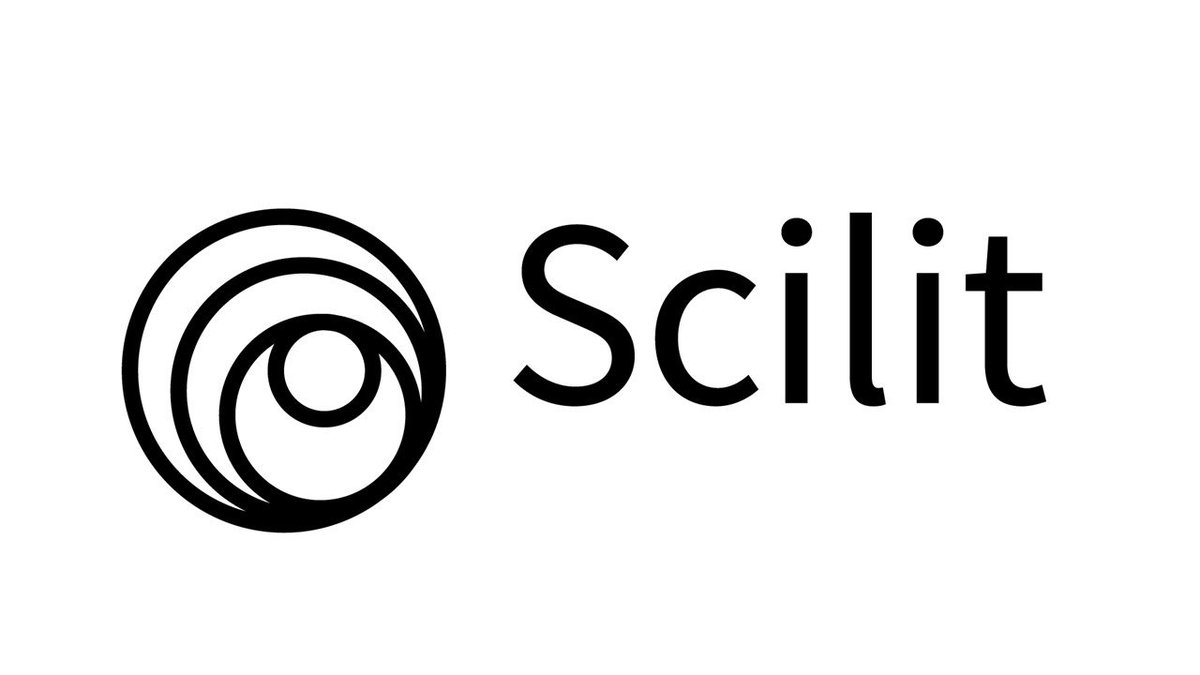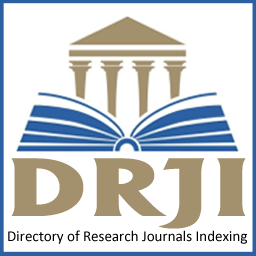The practice of market orientation in the WAEMU banking sector : Case of banks in Senegal
DOI:
https://doi.org/10.5281/zenodo.7107472Keywords:
market orientation ; measurement scale ; antecedents ; MKTOR ; MARKOR ; PCA.Abstract
In this article we will study the level of implementation of market orientation in the banking sector to better understand the relationship with customers (BIC : customer information bulletin), and what is the best measuring scale. This market orientation is a fundamental factor in credit risk management. For two decades, research devoted to market orientation has multiplied. Indeed, research on market orientation started in the United States with the work of Kohli and Jaworski (1990) and Narver and Slater (1990). They are essentially structured around the theme of the relationship between market orientation and performance. Thereafter research multiplied in the rest of the world : in Australia (Farell, 1997), in France (Lambin, 1998), in Turkey (Menguc, 1996) Taiwan (Chang and Chen, 1998), Ghana (Appiah-Adu , 1998) . They used the two scales for measuring market orientation (MARKOR by Jaworski and Kohli 1993 – MKTOR by Narver and Slate 1990) to test the validity of banks' orientation. The results, with PCA (principal component analysis), allowed us to observe that the factors of top management's attitude towards customers and the reward system are decisive in the implementation of market orientation.
Downloads
Published
How to Cite
Issue
Section
License

This work is licensed under a Creative Commons Attribution-NonCommercial-NoDerivatives 4.0 International License.





























